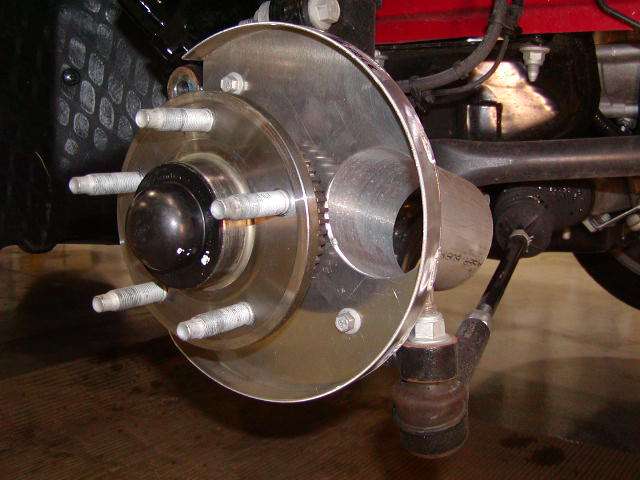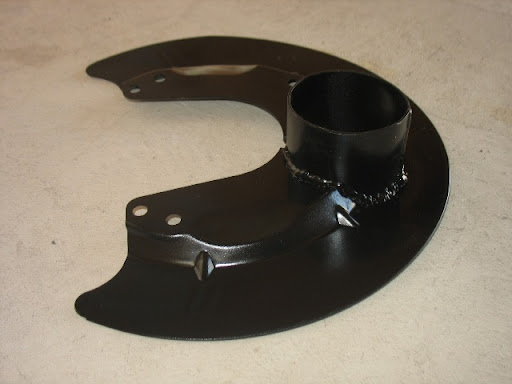foolio2k4
forum member
Ok so I want to get your opinions on brake ducting. Im trying to follow the least costly approach to this.
So this was my idea. Im getting ready for track days this spring/summer so i've already picked out my fluid and pads.
now, i know its a good idea to have ducting to cool the brakes and reduce fade. I have a GT500 front end so what i planned was to have a dual ducting system. Using the traditional lower grill ducting and removing the fog lights and using that as a secondary, larger, ducting system. As for the backing plate, I was thinking of creating 2 holes the size of the duct and then having a shop weld a circular metal to create a bracket to connect the ducting hoses to.
Does this seem like a feasible idea? If its a little confusing to understand and ill try and make it clearer.
something like this. minus the carbon fiber of course haha

So this was my idea. Im getting ready for track days this spring/summer so i've already picked out my fluid and pads.
now, i know its a good idea to have ducting to cool the brakes and reduce fade. I have a GT500 front end so what i planned was to have a dual ducting system. Using the traditional lower grill ducting and removing the fog lights and using that as a secondary, larger, ducting system. As for the backing plate, I was thinking of creating 2 holes the size of the duct and then having a shop weld a circular metal to create a bracket to connect the ducting hoses to.
Does this seem like a feasible idea? If its a little confusing to understand and ill try and make it clearer.
something like this. minus the carbon fiber of course haha

Last edited:




 What, like I'm not burying you under enough projects??? Now, go spend time with your wife, so you can come back to my shop and weld some more! (j/k)
What, like I'm not burying you under enough projects??? Now, go spend time with your wife, so you can come back to my shop and weld some more! (j/k)